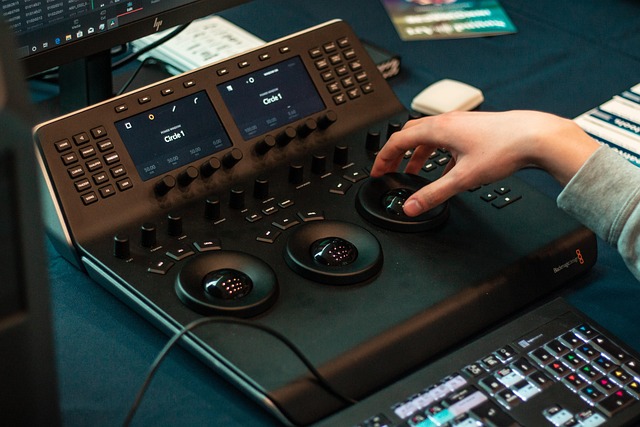Have you ever watched a film or looked at a photograph where the main subject is crystal clear, sharp and pops right out at you, while everything else in the foreground and background gently blurs into a soft, pleasing wash of color and light? That beautiful effect is largely due to something fundamental in imaging: Depth of Field.
Depth of Field (DoF) isn’t just a technical term for photographers; it’s a crucial element that shapes how we perceive images, whether they were captured by a camera or generated digitally. It refers to the range of distance in a scene that appears acceptably sharp. A shallow DoF means only a narrow band is in focus, while a deep DoF keeps most of the scene sharp from front to back.
While DoF originates in optics and the camera lens, its significance extends directly to the screens we interact with daily – our TVs and monitors. The content displayed on these screens, from cinematic blockbusters to video games and even the photos we browse online, relies heavily on DoF as a visualization tool.
Think about a dramatic close-up shot in a film playing on your TV. A skillful cinematographer will often use a very shallow DoF to isolate the actor’s face, throwing the background completely out of focus. This isn’t just an aesthetic choice; it’s a powerful narrative technic. It directs your eye instantly to what’s important, eliminating distractions and creating a sense of intimacy or focus. Our display technology faithfully reproduces this intended effect, allowing us to experience the visual storytelling as intended.
In animation and video games, DoF is often simulated computationally. Game engines use complex algorithms to render scenes, and adding a realistic DoF effect enhances immersion and guides the player’s attention. When you’re gaming on your monitor, a game might intentionally blur distant objects or the user interface elements not currently in focus to mimic the way our eyes perceive depth in the real world. This computational technic contributes significantly to the overall visual fidelity and feel of the virtual environment.
Display technology has evolved to better represent these nuances. High-resolution monitors and TVs with excellent contrast ratios and color depth can render the subtle transitions between sharp focus and soft blur more accurately. This improved visualization means that the creative intent behind the use of DoF is preserved, making the images on screen feel more lifelike and impactful.
DoF isn’t just about making backgrounds blurry; it’s a fundamental aspect of visual grammar. It adds dimension, separates subjects from their environment, and creates a sense of depth on a flat screen. Whether it’s a photograph viewed on a monitor or a movie enjoyed on a large TV, the effective use and accurate display of Depth of Field are key to a compelling visual experience.



